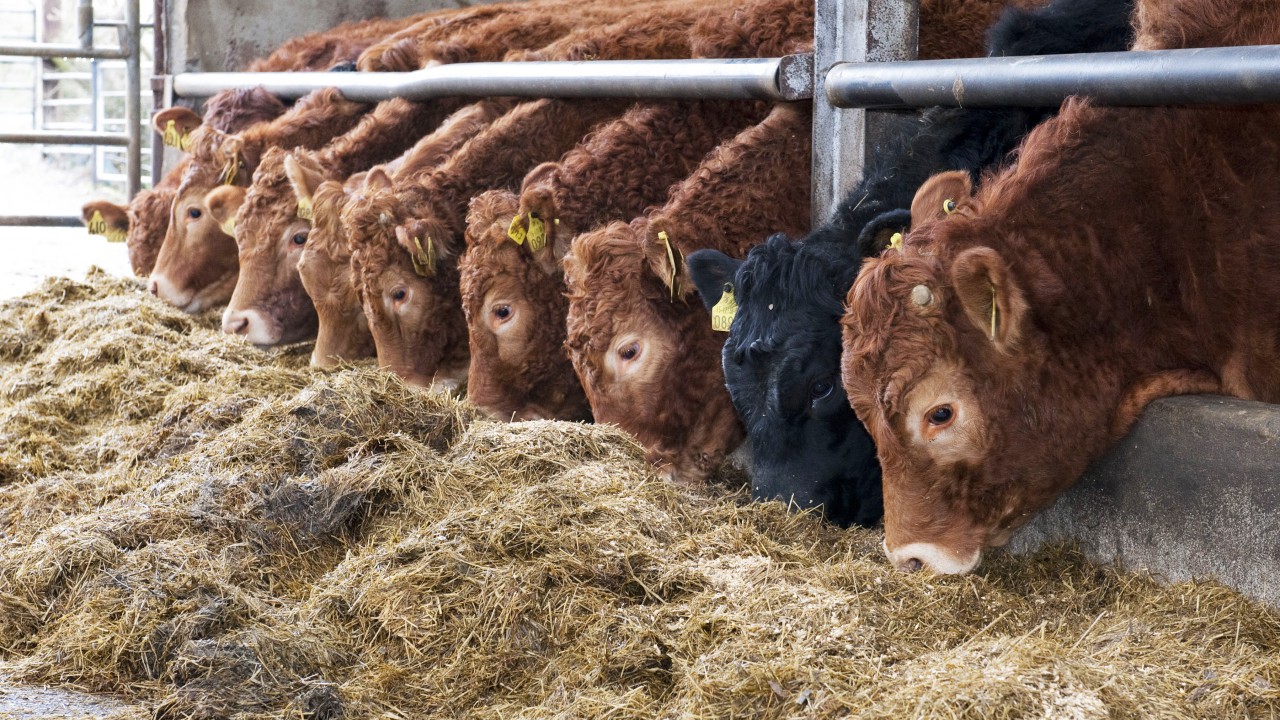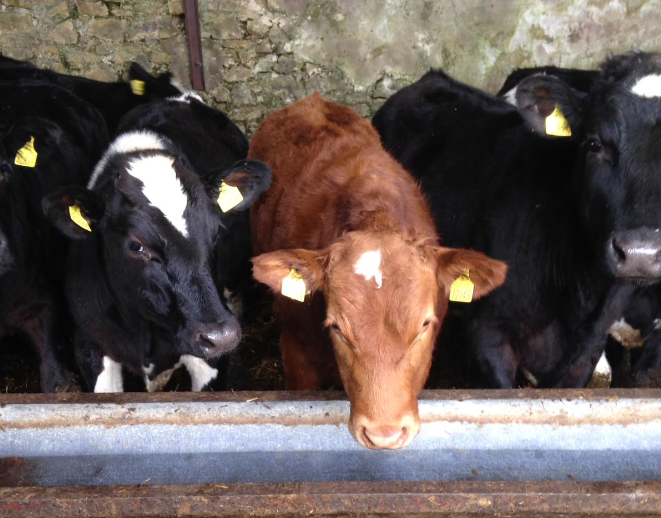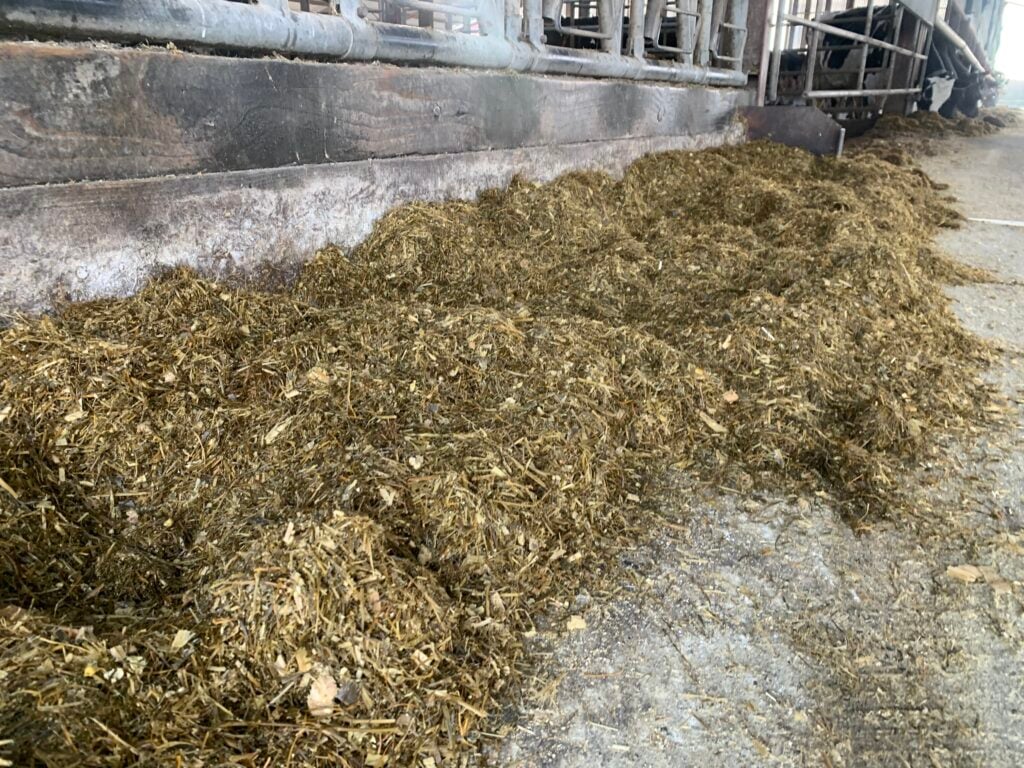Sponsored Article
Molasses: More than just sugars
Sponsored Article

With the focus now on winter feeding, most farmers will be content in the knowledge that they have sufficient fodder stocks available for the months ahead.
Data from Pasture Base Ireland confirms that 2025 was an exceptional year for grass growth, thus allowing most farmers ample opportunity to conserve quality forage.
However, it was not a uniform picture countrywide. Regionally, many farms suffered prolonged periods of drought, thus, reducing growth rates and greatly impacting the ability to conserve forage.
Additionally, to compound matters further, many of these farms had to supplement diets with forage, straights, and concentrates in an attempt to conserve grass throughout the summer months.
For those farmers who expect to be in a forage deficit, it is important to act early. If already not completed, analysing forage and conducting a winter feed budget is a must.
Having this information will not only enable farmers to make informed decisions on purchasing additional feeds but also confirm the need to reduce stock numbers if required.
Where necessary to purchase forage, analysis of this feed should also occur. Purchased silage is a bit of an unknown and can have considerable quality variations depending on farm.
Forage feed value
With forage making up 80-90% of some diets, its feed value will also dictate the requirement for additional purchased feeds.
Milking cows for example, require silage quality of a minimum of 72% (DMD) while 68% (DMD) silage should be sufficient for dry cows. As a rule of thumb, the following per day dry matter intake (DMI) guidelines should apply.
| Forage Intake Guideline | Kg DM/day |
| Suckler Cows | |
| - Dry | 8-9 |
| - Calved | 10-12 |
| Dairy Cows | |
| - Dry | 10-12 |
| - Milking | 12-14 |
| Young Growing Stock | |
| - Weanlings | 4.5-6 |
| - Cattle (18-20 months) | 7-9 |
For dry cows, their nutritional plain will be determined by their body condition score (BCS) at entry to the dry period.
Where forage reserves are tight, savings are very achievable here.
To extend reserves, a large proportion of dry cow diets can incorporate hay/straw, and a molasses blend.
Molasses
Supplementing high fibre diets with molasses will not only improve intakes and dietary energy levels but also help reduce overall diet sorting.
Additionally, incorporating molasses will support rumen microbial growth particularly that of fibre-digesting bacteria.
Targeting a BCS of 3.0-3.25 for dairy and 2.5-3.0 for beef cows should be the aim for spring calving.
Considered the future income of the farming enterprise, replacement stock should be included when allocating the highest quality forage in feed budgets.
Diets for this group should be formulated to provide a crude protein (CP) content of 13-14% and an energy value of 0.85-0.9 UFL.
Average daily gains of 0.4-0.6kg and 0.5-0.7kg should be targeted for weanlings and stores respectively.
Where purchasing straights or compound feeds for this group, it is important to only choose high-quality ingredients.
Molasses is to the forefront here, and incorporating a high sugar high protein molasses blend into young stock diets will go far beyond just increasing energy and protein levels.
As a source of readily fermentable energy, molasses blends will significantly boost the rumen microflora, while their crude protein content will provide an excellent source of fermentable protein for microbial synthesis, thus enabling optimal rumen function.
Furthermore, the additional protein will help reduce the requirements for other protein sources, while the blends' palatability will ensure maximum feed intakes are achieved.
Finishing diets
Finishing diets are also an area that can be targeted if forage reserves are tight. Moving stock to an ad-lib diet can greatly reduce the requirement for forage.
In general, finishing animals will consume 2.0-2.2% of their bodyweight in feed per day. To avoid digestive upsets, 10-15% of this should be fibre based in the form of a forage source.
Finishing diets should be formulated for energy as opposed to protein and contain a minimum value of 0.92 UFV/kg.
A simple three-to-four-way mix including high energy feeds like barley, wheat and molasses, a protein source, and a fibre source with added minerals should be sufficient.
The addition of a sugar source to ad-lib high starch diets will not only aid in balancing the energy sources but also allow for higher feed utilisation and an optimised rumen environment.
An introductory period of at least three weeks should be undertaken when moving animals onto ad-lib feeding.
The benefits of including molasses blends in the diets of all the above animal classes are numerous.
From improving the overall diet's energy density, protein content and palatability to uniformly carrying minerals throughout the total mixed ration (TMR), molasses is the versatile feed.
Sponsored Article







